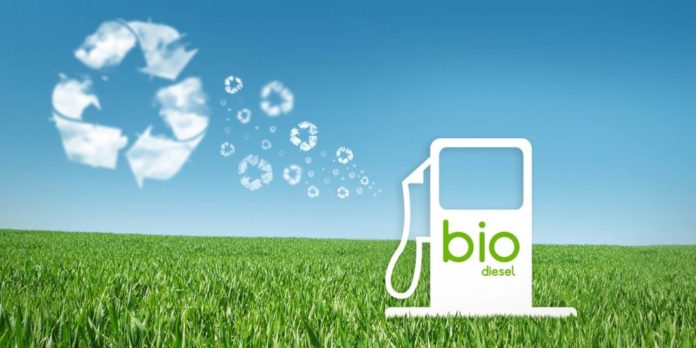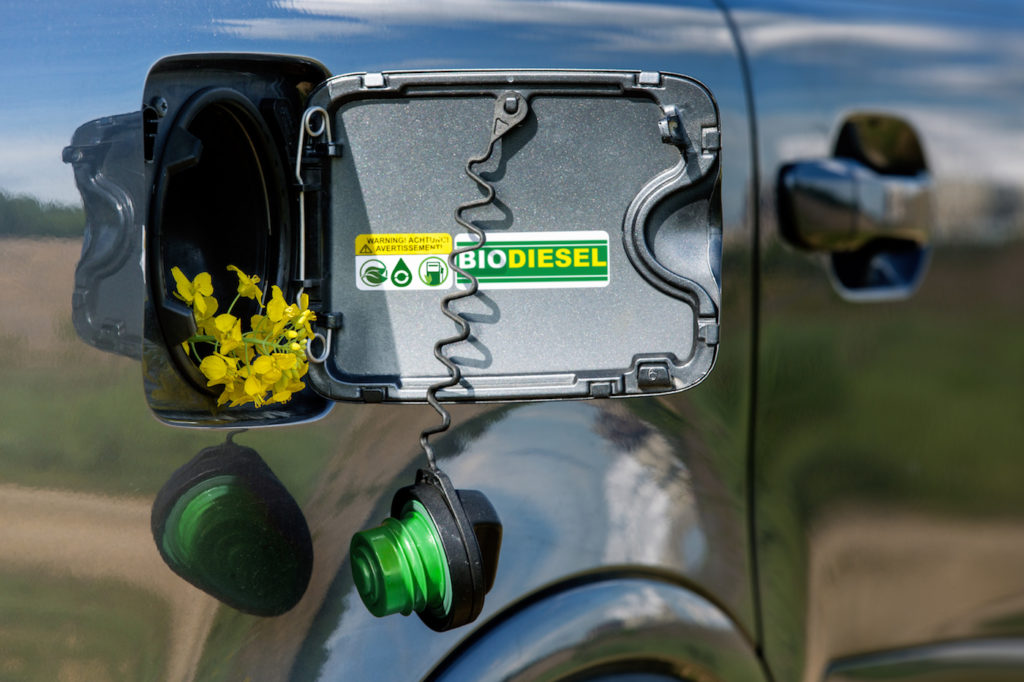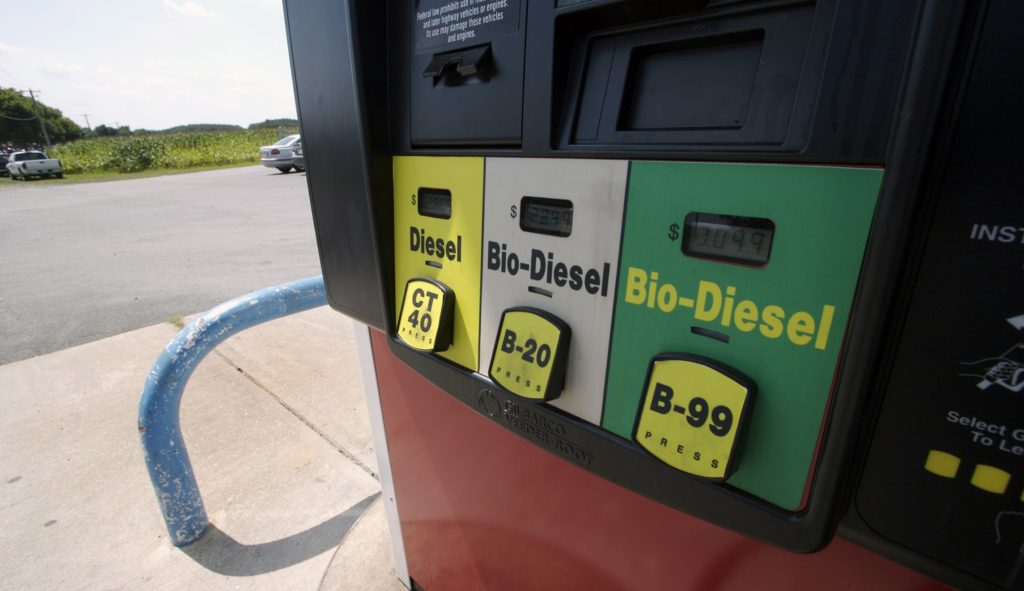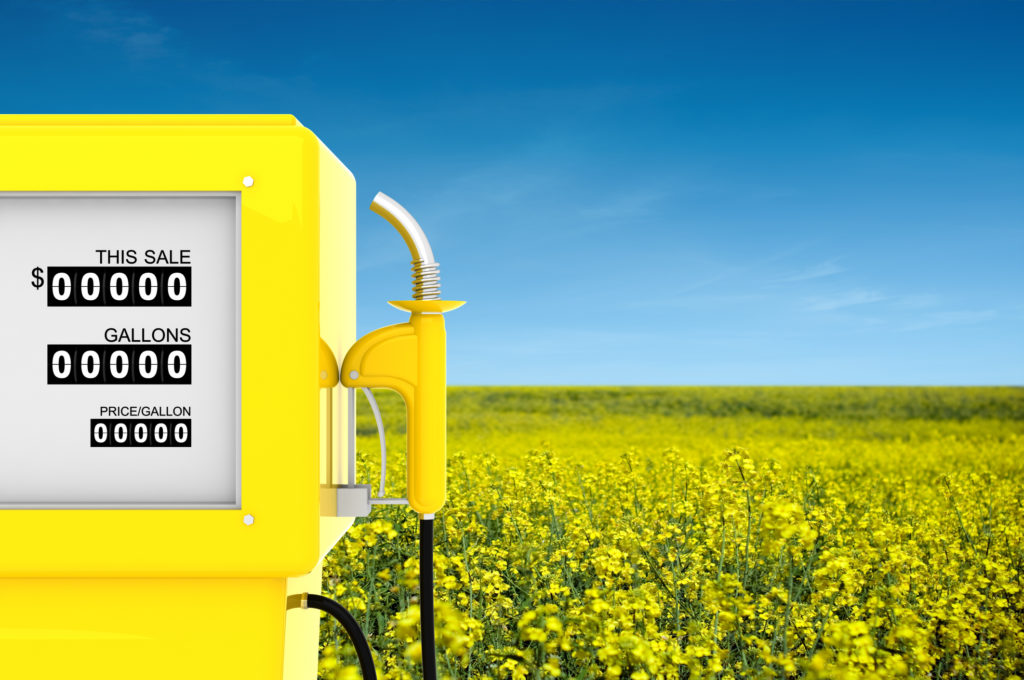
Biodiesel is a natural and renewable, alternative fuel for diesel engines, produced from vegetable oils, usually corn oil, soybean oil or sunflower oil. It contains no mineral oil, is non-toxic and biodegradable.
Burning biodiesel leaves no residue, leading to a significant reduction in pollutants that contribute to smog and global warming, emitting up to 85% fewer carcinogens. It is the only alternative fuel that received a green light from Environmental Protection Agency (EPA) that has passed every Clean Air Act health impact test and meets the California Air Resources Board (CARB) requirements. Biodiesel is produced using an alcohol, such as methanol, and with a chemical process that separates glycerin and methyl esters from the oils. Glycerin is used in many dairy products, including soap and candles, and is highly marketable, so there is very little waste of the process.

Biodiesel production, in our case, can be made from used cooking oil that restaurants don’t use.
Biodiesel has been tested rigorously and independently, almost on every type of diesel engine and from a large number of organizations – in workshops and practice. The National Biodiesel Board reports that the tests combine more than 50 million kilometers of road behavior plus strong agricultural, construction and maritime use. Performance compares across sectors with that of oil, from horsepower to consumption and from towing to hauling. It can be used in its pure form or combined with petroleum fuels. The most common blend is 20/80, known as “B20”, with 20% biodiesel and 80% petroleum.
Biodiesel can be used in an internal combustion engine with no or minimal modifications. Its main effect is excellent lubrication, which acts as a solvent that cleans the machine. If the engine was previously running on conventional diesel, it might be necessary to change the fuel filters until the residue left off by the oil (you do not have to say twice for the residues). This effect is more pronounced when B100 (100% biodiesel) is used and may be less pronounced when using B20. In any case, precautionary measures should be taken by checking the fuel filters after the first hours of operation with mixed or pure fuel (100% biodiesel).

When using only B100, it could cause some feed pipes to deteriorate and may need to be replaced. This does not apply to newer engines designed for low sulfur (known as # 2 diesel), as these engines are compatible with biodiesel.
Like conventional diesel, biodiesel blurs and calculates at very low temperatures. The trends are the same regardless of the mixture. In such cases and where possible, park the vehicle in or near a sheltered place or use an anticoagulant or mix with # 1 diesel.
Using biodiesel should not impact or cancel the manufacturer’s guarantee of any diesel fuel. However, it is best first to check your warranty. Confirm with the manufacturer as well.
Among the organizations involved in biodiesel, testing are the US Department of Energy, the US Department of Agriculture, the Lovelace Research Foundation and the South West Research Foundation.

Why Biodiesel
Biodiesel is economical
Let’s say it loud and clear: producing biodiesel brings profit! If you produce biodiesel at home, you can cut more than 80% of your petroleum costs. The fact that biodiesel production is an easy process that encourages more and more people to use it.
Biodiesel resources are reproducible
Biodiesel is produced from vegetable oils or animal fat. These resources can be re-cultivated and inexhaustible, unlike crude oil that is limited and it takes millions of years to produce. When biodiesel is used instead of oil, the demand for crude oil products decreases and consequently their prices are reduced.

The use of biodiesel is more environmentally friendly than other alternative sources of energy.
Using biodiesel, the emission of exhaust gases is significantly less polluting. According to studies, there are several derivatives, such as hydrocarbons and carbon dioxide, which are reduced by the use of biodiesel in internal combustion engines.














